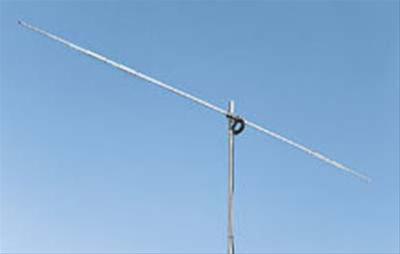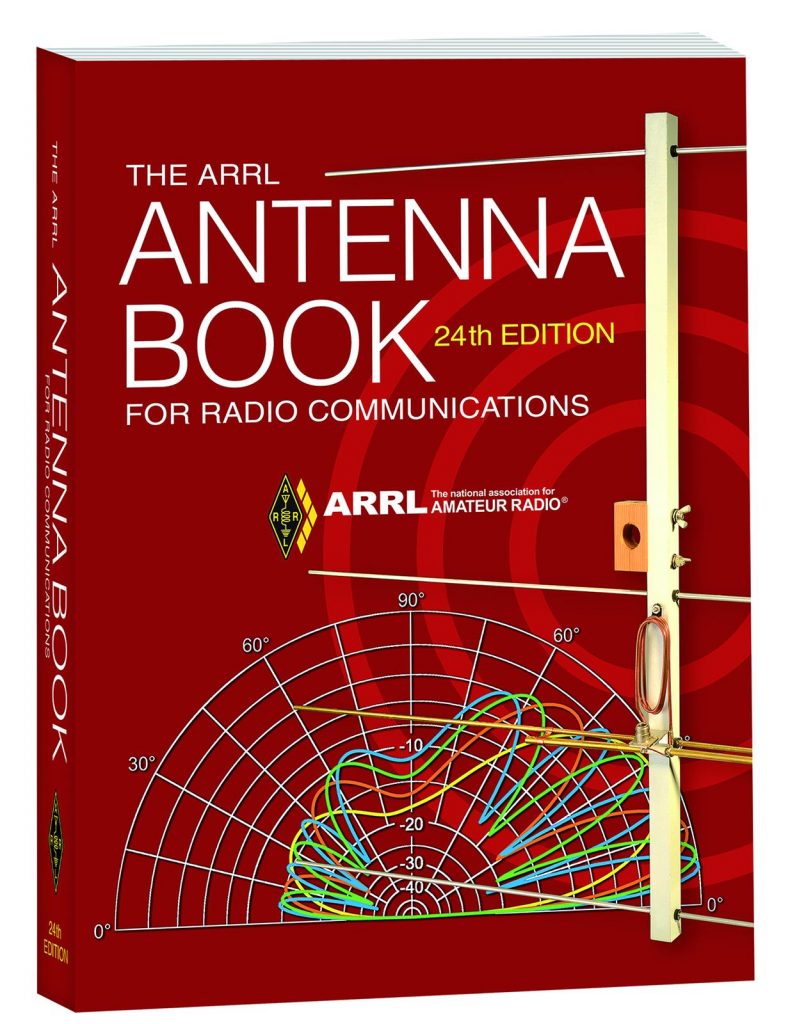Most Hams dream of giant towers with large rotatable antenna arrays perched on top. However, many Hams can’t put up such workhorses. Some common issues we run up against are budgets, restrictions on outdoor antennas due to covenants, simple lack of real estate, or the inability to construct and maintain such a large configuration of tower and antennas. Many Hams have to come up with antenna alternatives to get on the air.
Fortunately, there are scores of resources devoted to antennas. With so many options to choose from, discerning realistic choices can be confusing for newer Hams. In other cases, the best option to get on the air may be to utilize a portable station of some sort and have no permanent station at home. Regardless, these seemingly simple antennas can perform equally well both at home and in a portable operating environment.
It’s really beyond the scope of this blog to list all of the pros, cons, and construction tips for these antennas, but I do hope to highlight some basic categories to spark your imagination. There are commercial options for most antennas listed here, but building most of these antennas is relatively easy.
Resonant Dipoles
Ah, the tried-and-true half-wave dipole. You’ll often hear Hams on the air say they’re running “just 100 watts and a dipole.” There’s no need for modesty here; a resonant, half-wave dipole is a darn good antenna. You can build them out of practically anything that is a good conductor, with all sorts of spare parts to use as center and end insulators, and they’ll work admirably. Feed them with decent coaxial cable and you’re on the air. If you can get the dipole at least a quarter wavelength above the ground on the frequency you’re operating on, you’ll see improved performance perpendicular to the dipole elements. Below a quarter wavelength, they’ll have a higher angle of radiation and become excellent antennas for use within 400 to 500 miles, especially on 80 and 40 meters. Even the big guns use them. Many a serious contester in domestic contests—especially the ARRL Sweepstakes— swear by a dipole only 25 to 30 feet high to give them a blanketing signal in their region.

Several commercially-built dipoles are available from brands such as DX Engineering, Alpha Delta, Buckmaster, Chameleon, Cushcraft, and Diamond, or you can build your own. You only need a few parts to make one from scratch. Divide 468 by the frequency (in MHz) you want to transmit on to get the total length of a half-wave dipole. Then divide that number by 2 to get the length of each leg of the dipole. Example: To find the length of a dipole for the middle of the 20 meters phone sub-band, divide 468 by 14.25 (14.250 MHz) to get 32.84 feet total length. Each leg of the dipole would be 16.42 feet.
In a pinch? Use two mobile whip antennas as a dipole! Mount them in a horizontal fashion using one of these dipole mounts and you have a quick and effective antenna.
To Tune or Not to Tune?
One of the first questions you need to ask yourself is whether you want to use an antenna tuner or not. Antenna tuners can provide a great deal of flexibility by allowing you to use a single wire antenna on multiple bands. Several types of antenna tuners are available to meet your needs and budget. If you only operate one or two bands, it would be more efficient to simply have resonant antennas for the bands you use.
The antennas mentioned below require an antenna tuner but offer you flexibility in exchange for some efficiency. If you’re limited to a single antenna, these options may work for you.
Quarter-Wave Vertical
Hams with few supports for a horizontal wire antenna can go vertical. The most common form of vertical is the quarter-wave vertical, which can be thought of as a dipole with half of it pointed straight up and the other half laying on the ground. They can be made of wire suspended from a tree or aluminum tubing mounted to the ground by some sort of base support. Divide 234 by the desired frequency (in MHz) to get the length. Example: A quarter-wave vertical cut for 14.250 MHz would be 234 divided by 14.25, which equals 16.42 feet tall.
Verticals require radials, horizontal wires that run along the ground, to create the other “half” of the antenna. This creates a matched antenna, with a quarter wave as the radiator and a quarter wave as the ground. It is recommended to have at least eight radials for a good counterpoise system. A tuner will generally be required.
What’s the deal with 43-Foot Verticals?
The 43-foot vertical has seemingly appeared within the past few years as a good compromise antenna. In reality, the idea has been around for decades. There’s nothing magic about 43 feet—it’s simply a good non-resonant length that can be tuned to resonate on several bands, most notably 80 through 20 meters, with reasonable efficiency. Radials are still needed, and the more, the merrier. Check out these radial wire kits and radial plate from DX Engineering.
G5RV
Developed by Louis Varney, the antenna that bears his call sign is a horizontal dipole which also uses a vertical length of twin lead (sometimes called “ladder line”) for a segment of the feedline, which also resonates as part of the antenna. The twin lead connects to the feedpoint of the two dipole elements and uses a 1:1 balun at the opposite end, which can accommodate a standard 50-ohm coaxial cable. There is a correlation between the lengths of the dipole elements and the length of the twin lead. G5RVs can cover multiple bands but require an antenna tuner.
A variation on the G5RV is a random-length dipole, fed with open wire feedline. String two equal lengths of wire up as high as possible, connect the open-wire feedline at the center feedpoint, and run it to your shack, being careful to keep the feedline in as much of a vertical orientation and a right angle to the dipole elements as possible. Keep the feedline away from metal as well. Connect it to an antenna matching network with a balanced output. I used a 130-foot version of this antenna with great success on 80 and 40 meters during contests. They also function well as an inverted-vee, or as a great single antenna if on vacation.
Magnetic Loops
Compact magnetic loop antennas allow Hams with a need for low-profile operating to get on the air with reasonable effectiveness. They can be set up on a balcony, in the backyard, or at a campsite with minimal effort. They are also effective at reducing man-made interference from common household devices such as power adapters (“wall warts”) used on many consumer devices. They require an antenna tuner to function and have an extremely narrow bandwidth. With patience and careful tuning, however, these antennas can provide adequate transmit and receive capabilities with an extremely small footprint. Several commercial loops are available, or you can build your own.
Random-Wire Vertical
One of the simplest antennas you can make is a random-length vertical with a random-length counterpoise. The wires can be any length, although it’s best if you can get both wires close to the same length. Throw the vertical wire over a tree branch or tape to a non-metallic telescoping mast, and run the horizontal counterpoise a few feet off the ground. Use a 4:1 balun as the feedpoint and run coax to a tuner. I’ve used this antenna on several expeditions for the US Islands awards program. Watch this video of me with this antenna in the Florida Keys back in 2014.
Don’t Forget to Experiment
Hams have been experimenting with antenna design as long as there have been radios. Don’t be afraid to try multiple designs. What works well for you? What doesn’t? Take notes. Read up on the subject. Most of all, try building some of these antennas yourself! The ARRL Antenna Book for Radio Communications remains the go-to source for all things antenna-related. Need something simpler? Start with another ARRL book, Basic Antennas. Learn a bit of the theory behind these classic antenna designs (and others) and you will find wire antennas can be incredibly good performers, no matter if you’re operating from home or from a beach or park. Knowledge is power!

Have an antenna question? Shoot me an email [mailto:kx9x@yahoo.com] and I’ll try to help.


Pingback: Ham Radio Antenna Options for Home and Portable Operations - Ham Radio News
Pingback: Rigs, Antennas, Tuning, etc | VE3 FOO